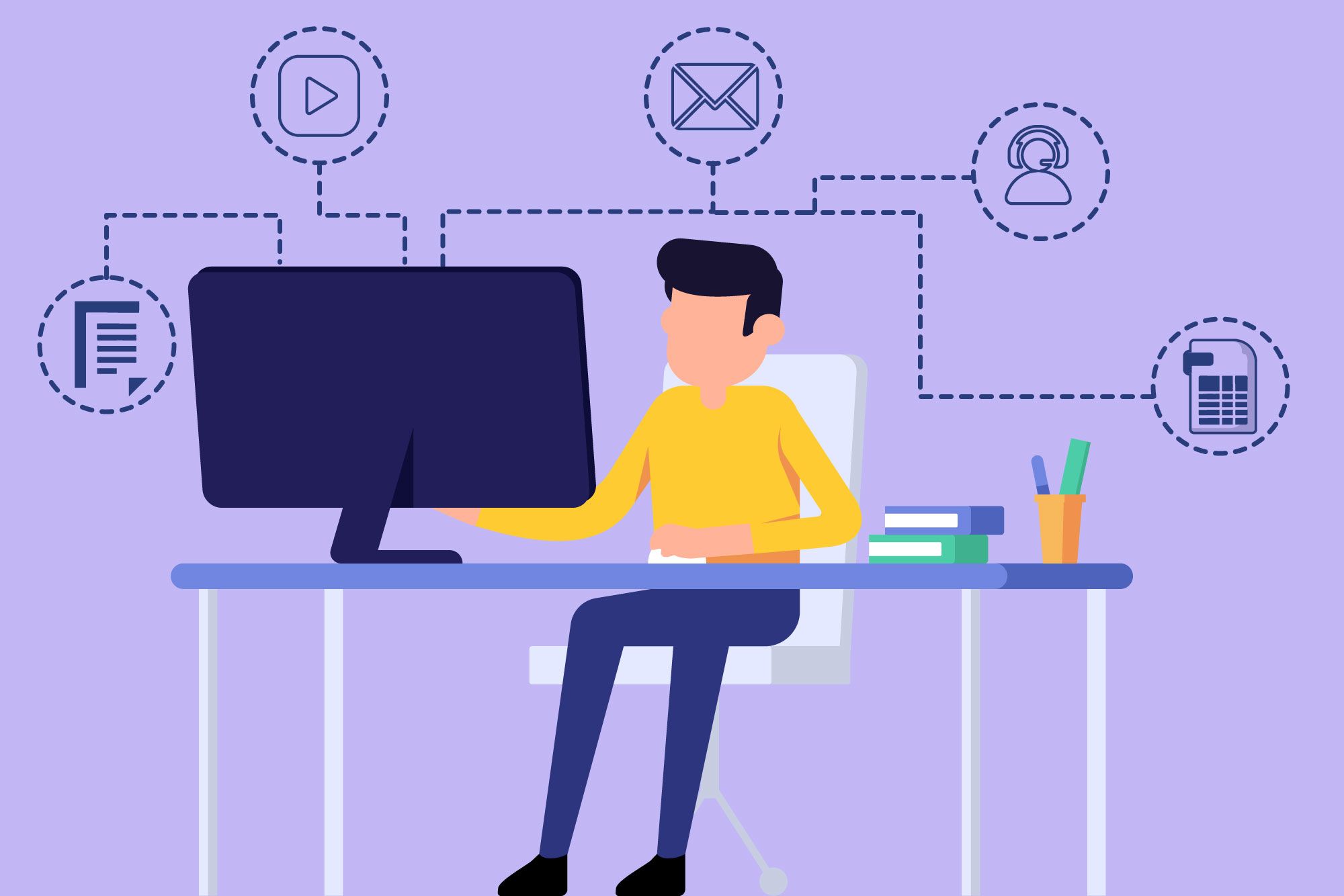If your users don’t understand your software during the user onboarding process, it’s more than likely they won’t come back.
If you’re reading this, you’re probably already aware of some of the main features and benefits of SaaS onboarding software. With so many tools in the marketplace today, knowing where to start with your onboarding strategy can be overwhelming.
We know from our own experience that there’s not just one onboarding tool that can achieve all of your goals. As well as in-app onboarding and help center tools, there are products to help you analyze user data and integrate video and email support into your website or app.
In this guide, we've researched the best user onboarding tools available to achieve your SaaS onboarding checklist goals. We’ve categorized the tools by function and fielded industry views on the best products to curate a list of recommended tools and to form the ultimate onboarding tech stack.
Stonly helps you guide more customers to immediate value with your SaaS product, starting with onboarding.
Start FREE Trial
In-App User Onboarding Tools
In-app onboarding tools give your customers the information they need exactly when they need it and help you make a great first impression by supporting your users during their first steps on your app or site. They can include welcome messages, product tours, progress bars, onboarding tooltips, and other features that work in harmony to gain your customer's trust in your product and business.
But when these tools don’t work well together or integrate with your business' software, they can fall short of your company's onboarding needs, leading to a high generation of support tickets and customer churn.
Here, we look at the best in-app tool to help you achieve SaaS onboarding best practices.
Stonly
Stonly’s in-app tools build confidence in your users by answering their questions wherever they are on their journey. Its widget prompts and guides target customers with proactive messages throughout their journey, showing tailored content to customers when they need it.
These tools will also help you when you first start using Stonly, with useful prompts to guide you through set-up, and help you to create and manage your interactive guides and knowledge base.
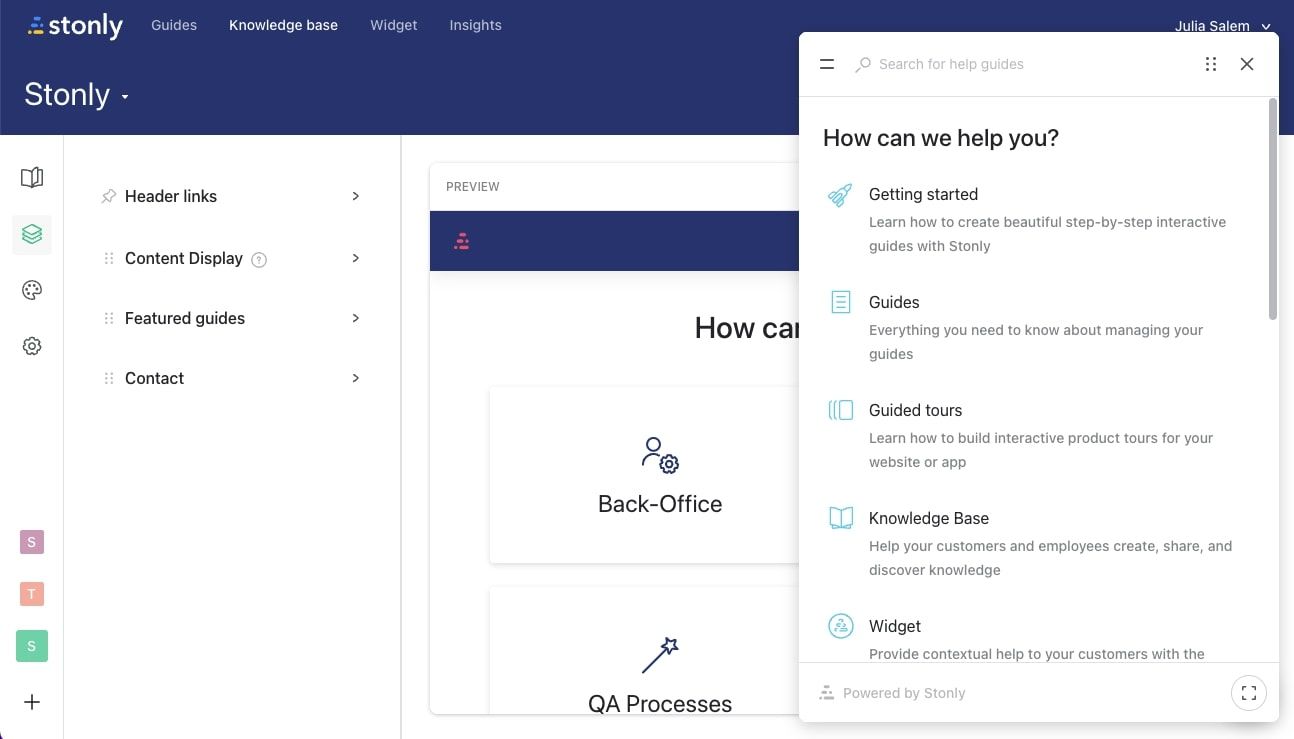
Interactive guides give users a more enjoyable experience, and provide access to your entire knowledge base. You can set these up as hotspots and tooltips that appear at the key moments when your users are most likely to have doubts about their next move.
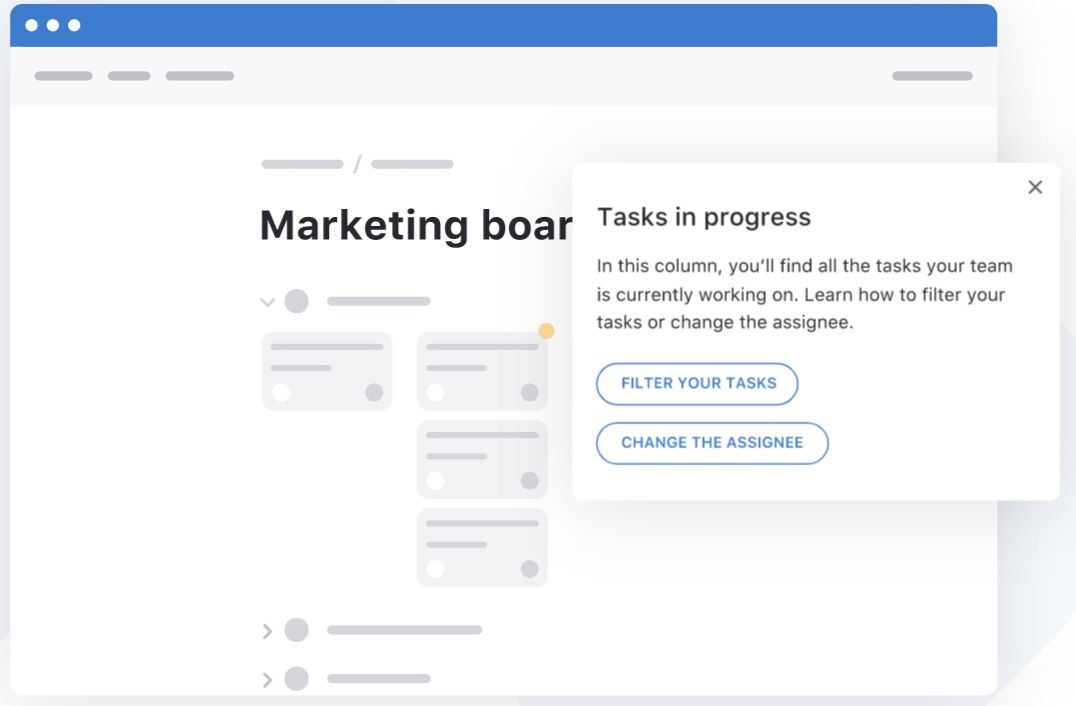
You can also add Net Promoter Score (NPS) surveys at different points on the user journey to find out how your customers feel. Stonly’s NPS survey doesn't just ask your users to rate your product, but offers them different post-survey paths, based on their response. You can then analyze their responses and use the data to create powerful follow ups.
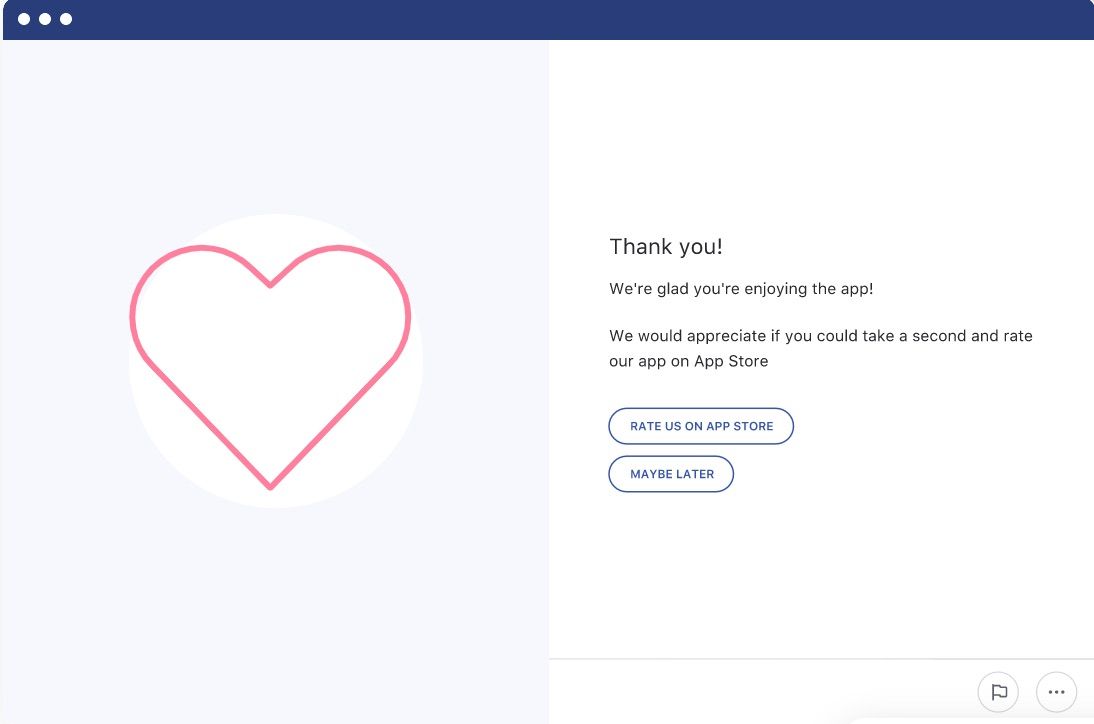
Stonly provides a no-code solution that is easy for product teams to set up, and offers step-by-step guidance for businesses and users during installation.
Features
- Powerful, easy-to-build product tours and walkthroughs
- Hotspots and tooltips appear at key moments
- NPS surveys help you connect with your customers
- Prompts and guides target users with proactive messages on their journey
- Customize to match your style and branding
- Modular design to create whole guides or individual steps
- Data integrations to segment users and deliver individualized steps
Stonly users love how the in-app tools have made customers more independent and able to find their own solutions to problems. VP at Dashlane, Anne-Sophie Lebreton reports that Stonly drove down tickets by 25% as customers were able to self-serve using interactive guides. As well as empowering customers to be more autonomous, the tool increased user adoption due to the smart placement of guides, which are much easier to follow, compared to typical knowledge base articles.
Stonly clients appreciate how easy the tool is to set up and use, and report their product teams have been able to build and fully manage their knowledge base without technical support.
Users also compliment Stonly’s customer support teams and highlight their professional and friendly support. One G2 user said that even when there were no specific issues, Stonly proactively reached out to them to make sure that their business was set up for success.
Pricing
Stonly’s price is based on guide views, so you only pay for the value you get. Pricing information.
Stonly empowers your customers to discover and get their unique value from your product.
Start FREE Trial
User Behavior Analytics Tools
Data is fundamental to the successful onboarding of new users. It shows us how our customers interact with a product and what they like and don't like about it. When we know this, we can spot trends and make better and more informed product decisions.
Gartner highlights the importance of real-time contextual data in allowing you to identify the customer and sense their stage in the relationship with your product. This knowledge empowers your business to orchestrate experiences at the right time 'without creepiness", something that every business wants to avoid.
Mixpanel
Mixpanel is a great example of a user behavior analytics tool for web and mobile applications.
It allows you to track customer behavior as they use your app or site, empowering you to identify trends that can guide not only your customer service strategy, but ultimately help you to build better products based on the data. It can also ensure successful enterprise SaaS onboarding for new hires, as it will quickly tell you if their user journey is faltering.
Mixpanel has an easy-to-use interface and dashboards. These help you to manage the data and your customers quickly and efficiently. It also produces beautiful charts and graphics that, in the words of the late, great Hans Roslin, will make your data sing.
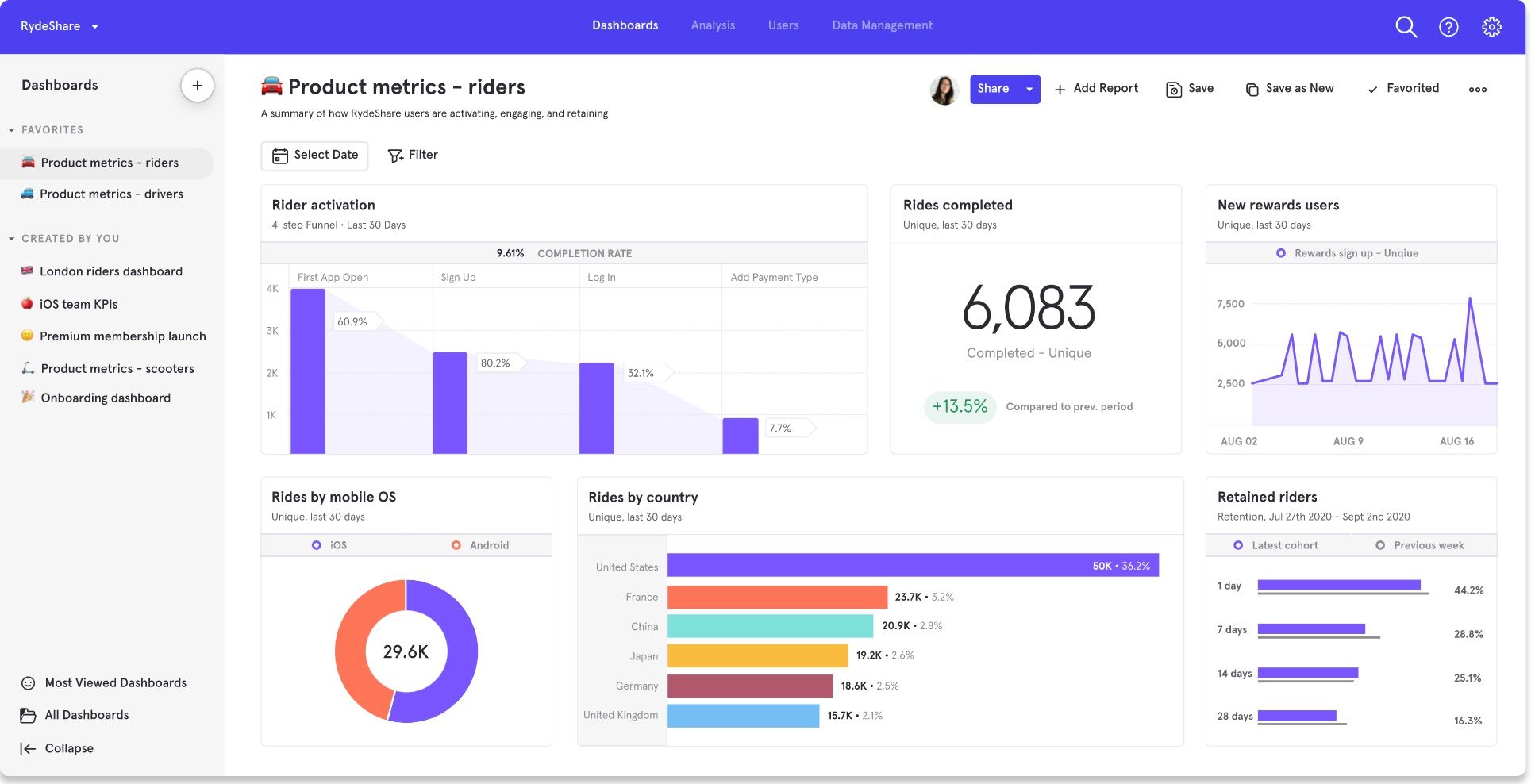
Mixpanel also gives you the ability to define key performance indicators (KPIs), to measure the success of product launches or key stages in a process, such as 'onboarding complete' or 'username created'.
Features
- Real-time data on how people use your product
- Data can be quickly segmented and visualized
- Powerful, self-serve product analytics
- Data collection across devices
- Ability to define KPIs, to measure the success of product launches
- Integrates with Stonly, Zapier, Segment, and many other tools in your onboarding tech stack
According to instant messaging app Viber, Mixpanel data led to the discovery that users were not using the button on the home screen to create a group chat, but did so from an existing one-on-one chat. As a result, they redesigned the one-on-one chat interface to make the button to create a group chat more prominent. According to Mobile Product Manager, Danny Odes, this small tweak increased the creation of group chats by 10%.
Capterra users compliment Mixpanel’s easy-to-use dashboard and say that the tool has improved productivity by reducing the time it takes to interpret huge amounts of data. However, some complain that it can be challenging for users with a non-tech background to use.
Pricing
Mixpanel offers a range of pricing options, with a free product for up to 100k monthly tracked users.
Related Post: 12 Strategies to Boost Mobile App Adoption
Email Onboarding Tools
An email onboarding tool will help you send automatic emails, push notifications, and SMS messages to your users to keep them engaged, and help you to convert and retain more customers.
Customer.io
Customer.io does more than generate a conventional drip campaign that sends the same email to all of your customers at the same time. Instead, it sends your users real-time triggered emails while they are using your product. This means you can send the right email at the right time during the onboarding process, to give your users a personalized experience that will make them feel valued.
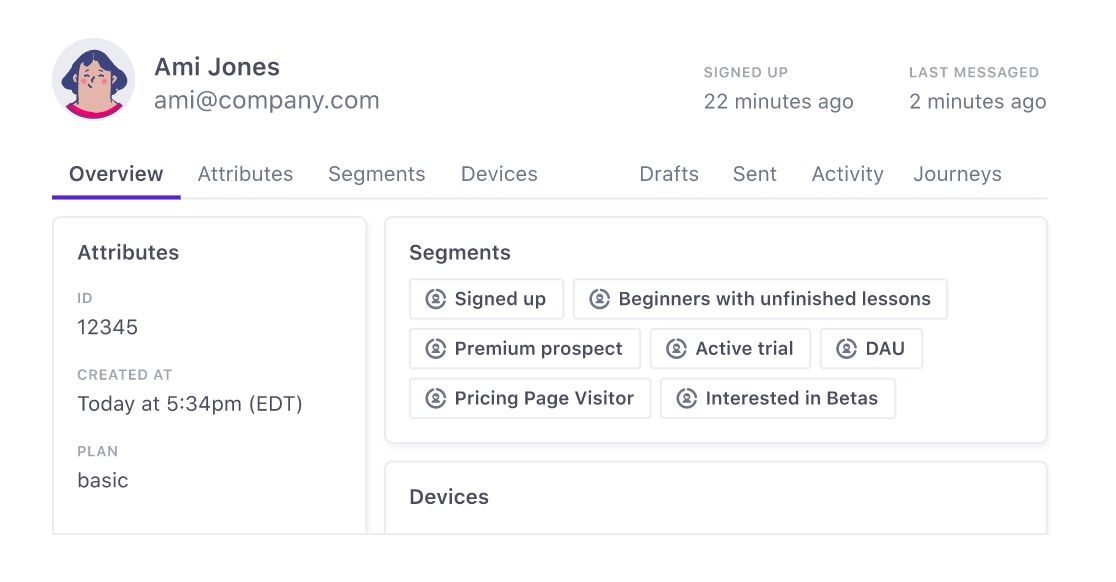
Their tool will enable you to segment your users, analyze their data, and create a strategy for every message. There is also a ‘test your hypothesis’ tool to trial new campaign subject lines or message content.
Features
- Segmentation, enabling you to group people by personal attributes, user behavior etc.
- Real time data viewable on a dashboard
- Ability to view individual profile data
- Data export and report analysis tools
- Direct and third-party integration with Stonly, Segment ,mParticle, Hull, and many other tools.
Customer.io's customers love how easy it is to build campaigns and say it has reduced customer churn. While thermostat company Mysa saw their revenue increase by 592% following an email campaign designed with customer.io.
G2 users say the clear dashboard reporting makes it easy to tweak an ongoing campaign, and speak highly of the customer support team, which offers round-the-clock friendly and quality help. However, some users complain that the learning curve is steep and complicated for non-technical marketing staff to use.
Pricing
Customer.io offers different pricing options for basic (up to 12k profiles) and premium users.
User Feedback Tools
Tuning in to your customers' thoughts during the onboarding process is essential to find out not only what they make of your product, but what their pain points are during the onboarding experience. And the best way to find this out is by collecting their honest feedback.
Google Forms
Google Forms is a wonderful tool for building surveys because it has no restrictions on surveys, questions, or responses. It's completely free to use with your Google account, and it allows you to create attractive and in-depth surveys with their drag-and drop builder.

Google Forms supports a variety of question types including multiple-choice, dropdowns, linear scales, or checkboxes, and their surveys can be embedded in existing websites or shared via email or social media. To help business users, their collaboration feature allows teams to simultaneously create or edit surveys.
Features
- Cooperation and data analysis tools
- Support for different question types
- Availability of real-time results, presented via charts, graphs, and automated summaries
- Support available from FAQs, forums, and a help center
- Personalized design options using custom logos, images, or predefined themes
Google Forms users are united in their appreciation of a free tool that gives them the same capability as a paid-for product.
However, they are divided on the ease of use of its interface. Some like it, saying it is possible to master the tool in a couple of hours, while others say that some of its features, such as sharing options are confusing. Other users complain that the customization options are limited and don’t give your users a seamless brand experience.
Pricing
Google Forms is free for individuals with a Google account, and is also available for businesses as part of Google Workspace (see pricing options).
Help Center Tools
A customer help center, or knowledge base, contains everything your users need to understand how a SaaS product works and to troubleshoot any issues they encounter.
Help center tools can include knowledge base articles, interactive guides, video tutorials, and answers to frequently asked questions. They increase self-service and help reduce customer over-dependence on support staff.
Stonly
Stonly provides codeless interactive knowledge bases that allow you to build a modern help center full of interactive guides. These guides take the form of bite-sized steps, so you can include all the images and text you need without overwhelming users. The tools also let you include different paths in each guide, so every customer receives the exact information they need.
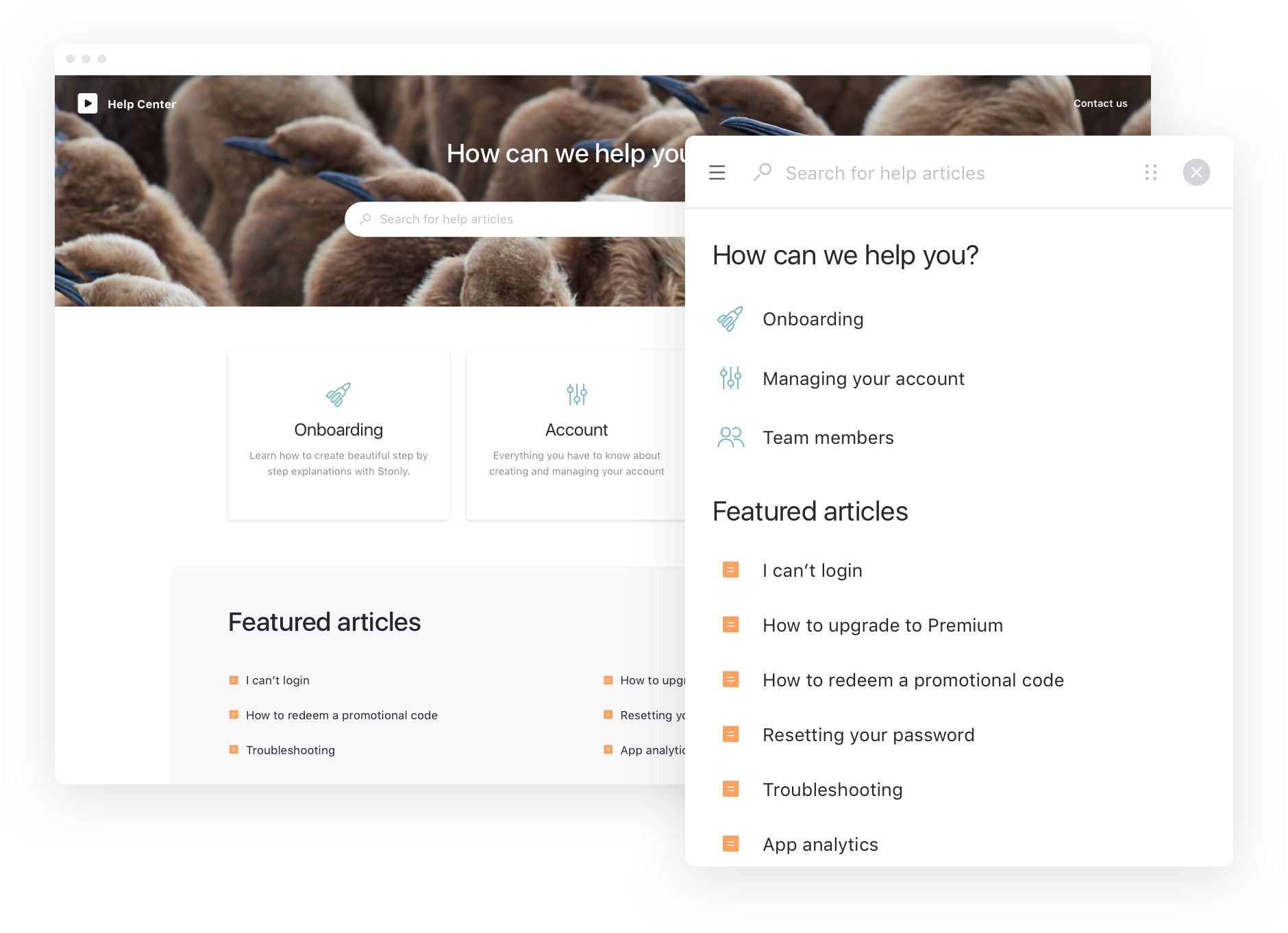
Stonly’s knowledge base is simple for non-tech product teams to set up and manage, while the powerful analytics tool measures the success of your knowledge base and highlights the areas that need improving. For your customers, the integrated search bar simplifies navigation and helps them find the articles they need.
Features
- Easy-to-use no-code editor
- Simplified navigation using an integrated search bar
- Reporting and analytics to measure success of knowledge base
- Widget functionality places help center articles in the best locations for customers.
- Built-in analytics show the content people use, the paths they follow, and where they drop off.
- Search functionality directs customers to the right step, taking them to their answers faster.
- Integrates with Segment, Zapier, etc.
Stonly's customers are delighted by the impact of this tool in reducing tech support requests, which in turn has improved NPS scores.
Anne-Sophie Lebreton from Dashlane reports that the most satisfying result of adopting the Stonly knowledge base is that customers are able to help themselves. She adds that seeing the positive results of the tool has motivated her team to create even better guides.
Pricing
Stonly’s price is based on guide views, so you only pay for the value you get. Pricing information.
Stonly helps you guide more customers to immediate value with your SaaS product, starting with onboarding.
Start FREE Trial
Video Onboarding Tools
According to the 2022 Wyzowl survey, 68% of consumers prefer to learn about new products through videos as opposed to other sources like articles or infographics.
By sending personalized videos to your users, you will enhance their onboarding experience, and you will forge a closer connection with them, leading to increased conversion rates and less churn.
Loom
Loom is our favorite video recording platform. It is quick and simple to use, and lets you record your screen, voice and face as a video.
It makes explaining a process so much easier than attempting to write directions. You simply record a video of yourself going through the steps on your computer and share the link. Plus, the presence of a friendly face is a great way to show your customers there is a real person on the other side of the screen.
Here's how Loom themselves use Loom in their onboarding process.
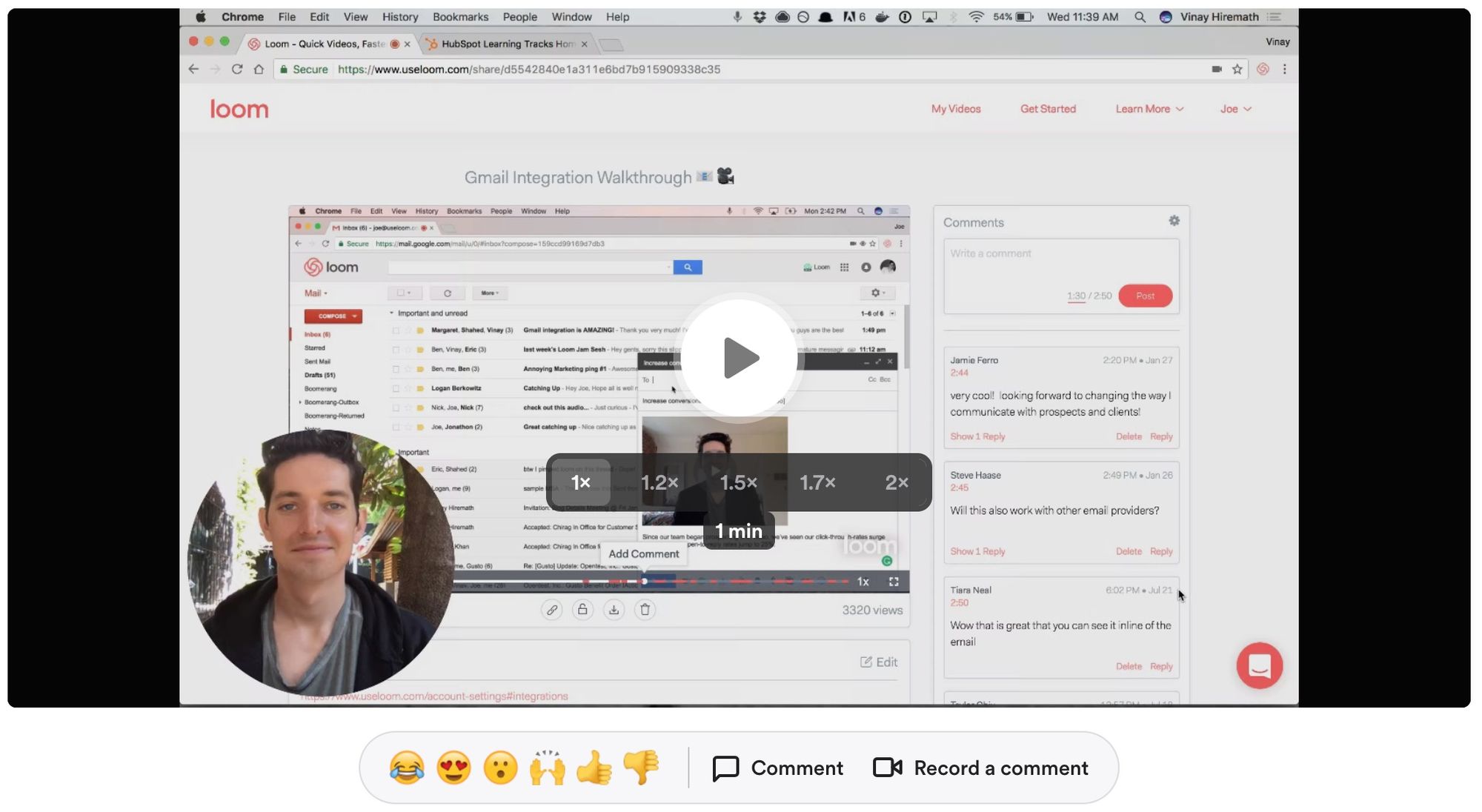
Features
- No software setup, loom works as an extension for desktop, web, chrome or your smartphone
- Simple editing process to cut and edit content
- Links that embed into your website or emails
- Reactions and comments tool
- Downloadable videos for offline viewing/uploading to other sources
- Searchable database to find previously recorded videos
Loom users writing on G2 say they love how easy it is to use and how it has simplified the process of walking new customers through a process. It is a particularly great tool for those who are not usually very experienced or skilled at video editing.
Other users report that for B2B SaaS onboarding, personalized loom videos have made the difference between customers remaining free trial users and upgrading to the premium version of their product.
On the other hand, some users say they would like to see additional features, such as video merging or screen cropping, and the ability to upload directly to YouTube or Google drive.
Pricing
Loom offers a free starter option, and paid-for business and enterprise solutions. See pricing information.
User Data Platforms
Data helps you keep track of a customer's onboarding experience. It will tell you what emails your users receive, and which ones they open. It will also keep track of the features they've used and any support tickets generated. But this huge mountain of information is no use without a good user data platform to help you analyze what it means for your product and the onboarding process.
Segment
Segment is a Customer Data Platform (CDP) that makes collecting and using information from users of your digital properties easy. It generates messages about the way that users interact with your site or app, and translates the content of those messages into different formats that other tools can use.
Segment integrates with hundreds of different tools, so it is easy to gather data from a wide range of places and make data-driven decisions.
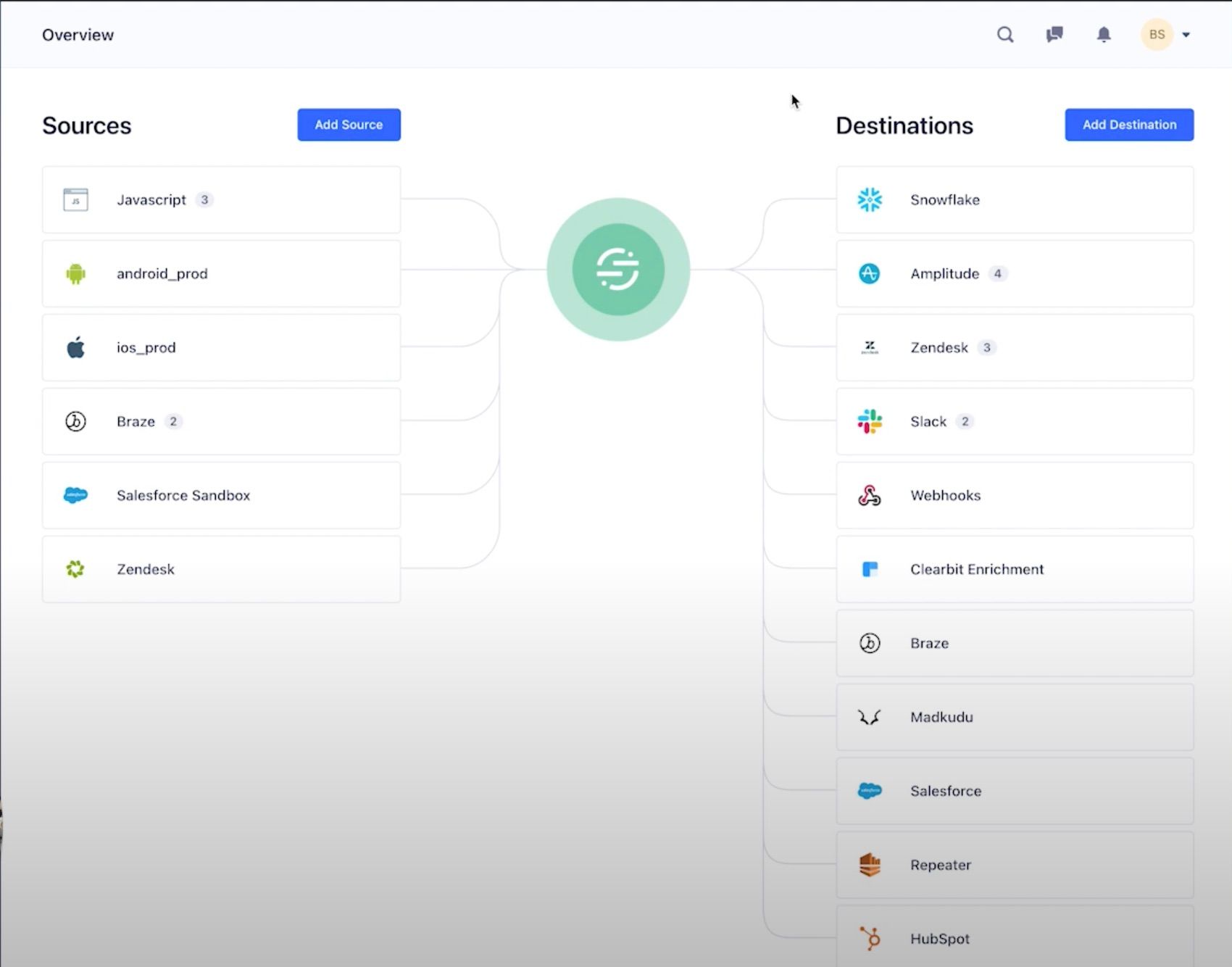
Ultimately, Segment provides with you a profile of your customer that will help you generate ideas on how to improve your onboarding process.
Features
- Centralized user data in a single Application Programming Interface (API)
- Tracking of user actions, such as features used, emails opened, support tickets submitted, etc.
- Visualization of user onboarding, while protecting customers' data privacy
- Integration with hundreds of different apps, providing consistency of data across multiple platforms/systems
- Helpful Google Chrome extension
- Ability to track events in real time
Director of Analytics at Instacart, Che Horder reports that Segment enabled them to combine event data from customer and shopper apps with their own transactional data. This provided a comprehensive view of customer and shopper interactions.
In addition to its amazing data organization capabilities, Segment’s users say that being able to track click-throughs gives them new insights into user behavior. Others point to its ease of use, meaning that business analysts have been able to set up the platform, reducing reliance on the development team.
However, other users have noted problems with bugs and a lack of tutorials and support text while using the platform.
Pricing
Segment offers a free option for data tracking of up to 1,000 visitors a month, plus team and business solutions. Pricing information.
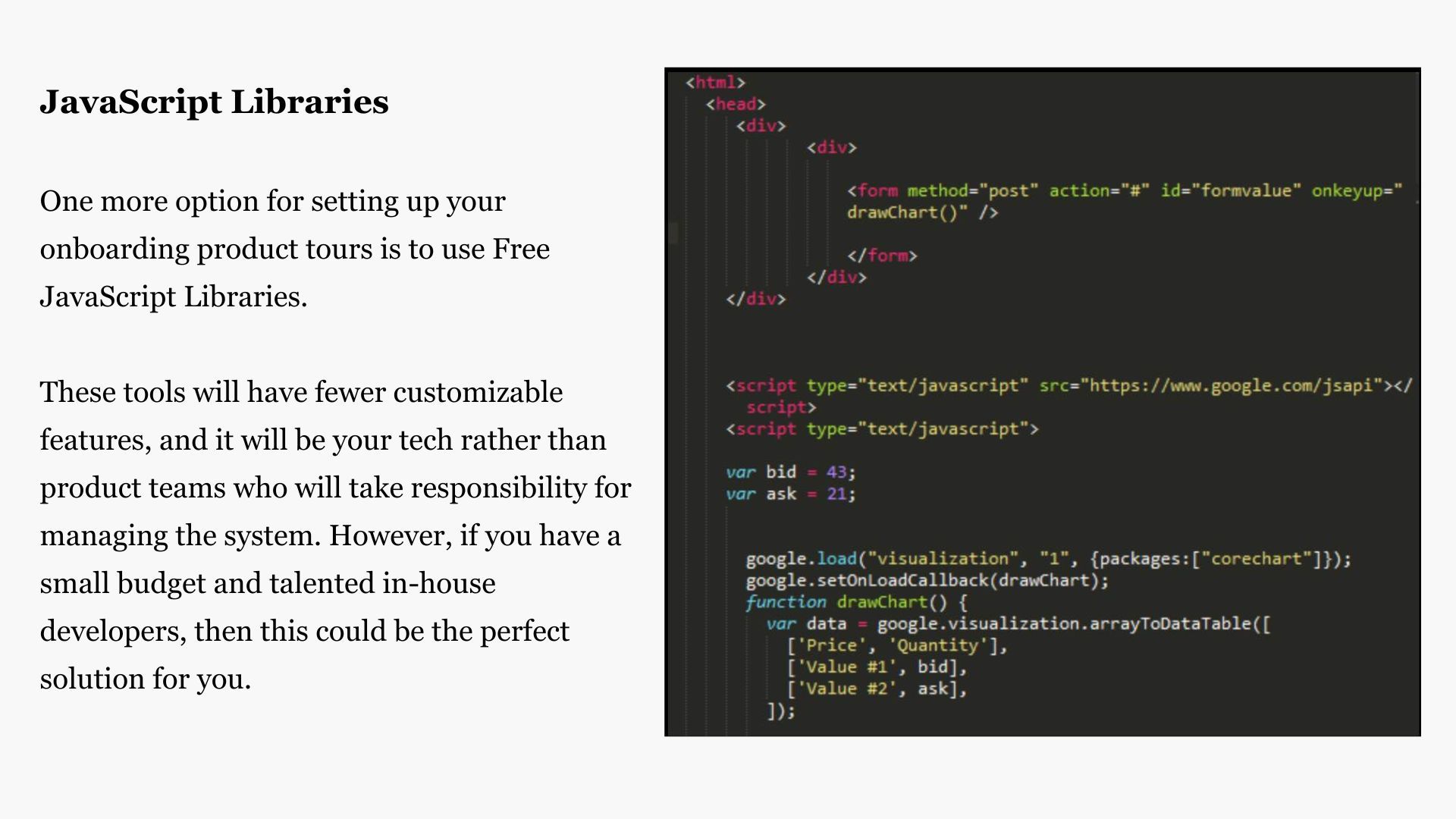
The Ultimate Onboarding Tech Stack
We know that onboarding is more than a product walkthrough or a bunch of tools to automate your help center and avoid ticket generation. Not only are you welcoming users for the first time, you’re also setting the tone for your future relationship with a customer, which will ideally result in a long and happy future of product adoption and brand loyalty.
Stonly gives you the tools you need to create a user-centered onboarding experience, which will empower your customers to choose the path that best fits their requirements. Combining Stonly’s interactive guides with its no-code widget helps your customers get the support they need, when and where they need it.
Moreover, by building a tech stack that combines Stonly with the tools mentioned above, you will be able to create a dynamic and supportive onboarding process with minimal involvement of your development team. You will also have the data you need to evaluate its success and build better tools in the future.
Stonly helps you guide more customers to immediate value with your SaaS product, starting with onboarding.
Start FREE Trial
Frequently Asked Questions About User Onboarding Tools
Why is user onboarding important?
User onboarding is important because it’s often your customer's first encounter with your business and greatly influences conversion, satisfaction, and retention. It enables your customers to access the information they need and gives them confidence in your business and your product.
What is a user onboarding tool?
A user onboarding tool supports your customers as they take their first steps with your product, helping them to use it confidently and successfully. It demonstrates the main features of an application and shows your customers how to get the most out of it for their business
How do I use onboarding as a user?
I use onboarding as a user to learn how to use an app or site from the moment I log in. I want the support I need, where I need it, without leaving the site, and I want to be able to use the product autonomously without having to contact the help center.
What is user onboarding flow?
User onboarding flow is the series of steps that guide the user through an introduction to your product, app, or website. It helps them create some initial preferences and demonstrates the key features and benefits of the product.
How can users improve onboarding?
Users can improve their own onboarding experience by fully committing to the process, thinking about how each feature of the product will benefit them as they journey through onboarding workflows. Completing NPS surveys will allow the product team to learn about and improve the onboarding process.
What does onboarding mean in UX?
The user experience (UX) is at the heart of your business’ relationship with the customer during onboarding. Onboarding UX is often your customer's first encounter with your business, so a seamless and friendly onboarding experience will set the tone for your customer's future relationship with your product.
What are some user onboarding examples?
Some user onboarding examples include a welcome message or a product tour to explain a product's key features and functions, or it can take the form of a checklist that gives the user a list of tasks to complete. Other examples are action-driven tooltips, which provide advice to users while they are using an app or website, or hotspots that draw users' attention to particular features of a product.
